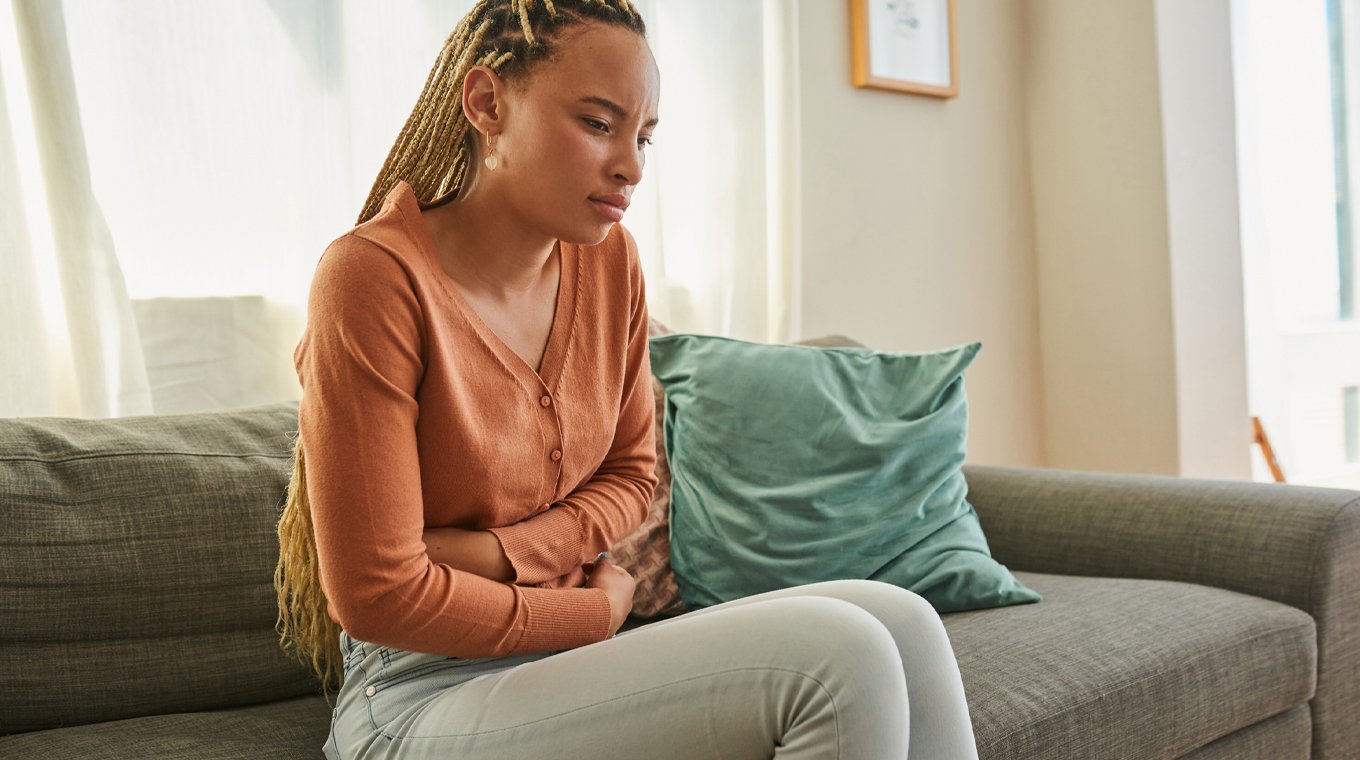
In this article
What does a miscarriage look like? Is it normal to spot during pregnancy? These are the questions that many pregnant people ask themselves, especially early on in their pregnancies, and especially if they’ve ever dealt with a previous loss before.
Pregnancy can be a joyful time but it can also be scary.
Bleeding in early pregnancy can strike fear, whether it’s a person’s first pregnancy or their third. Early pregnancy bleeding could be related to implantation or other normal causes, but it could also be due to something more serious.
Here’s where it can be helpful to get some answers about what implantation bleeding looks like and what a miscarriage can look like.
What does a miscarriage look like?

Any type of bleeding during pregnancy needs to be evaluated by a pregnancy care provider. However, it is possible to experience bleeding during early pregnancy and still go on to have a viable pregnancy.
There are a few different reasons you might see blood during pregnancy, so let’s discuss them and talk about what a miscarriage might look like.
Here are a few reasons you could see blood while pregnant:
Implantation bleeding
In the very early stages of pregnancy — about 10 to 14 days after conception — spotting or bleeding is considered normal. This is called implantation bleeding, which is common and not usually a cause for concern. Implantation bleeding occurs when the fertilized egg attaches to the uterine lining.
So what does implantation bleeding look like? Implantation blood is typically brown or lighter in color than other types of pregnancy bleeding. Implantation bleeding is also typically very light — it can be as small as a slight spot you notice while wiping and will not intensify or get worse.
Also, keep in mind that implantation bleeding typically happens before you even can take a pregnancy test, so many people do not even notice it.
Other pregnancy bleeding
Pregnancy also makes the cervix (the area at the end of your uterus, where Pap smears are done) bleed more easily because there is an increased number of blood vessels there. That means that typical activities, such as vaginal intercourse or penetration, cervical exams, or Pap smears, could cause bleeding during pregnancy.
There can also be other causes for bleeding during pregnancy, like small cysts or hematomas. A doctor can confirm exactly what is causing bleeding during pregnancy if you’re not sure.
Miscarriage
Unfortunately, sometimes bleeding during pregnancy can indicate that a miscarriage is occurring. What does a miscarriage look like? Well, it can look different, and in some cases does not have any symptoms at all. When miscarriage bleeding does occur, it will typically look like:
- Bright, red blood
- There may be older, brownish blood mixed in as well
- Clots that can be small or large
- Bleeding can appear as spotting on and off, or be heavy, like a period
- Miscarriage bleeding is usually also accompanied by cramping and/or abdominal pain
If you suspect you are having a miscarriage, call your pregnancy care provider. If you are having bleeding during your pregnancy and experience any severe pain, dizziness, or changes to your vision, seek medical attention right away.
How early can you have a miscarriage?

The risk of miscarriage is most common in the first trimester and occurs in about 10–15% of pregnancies.
Early miscarriage can sometimes look like a period. Later on however, bleeding may become heavy and include the passage of clots or tissue from the fetus or placenta.
“I started to get really bad stomach cramps. Now this wasn’t like period cramping or uterus cramping, this was like, ‘Oh, I’m going to have the runs, I’m going to have diarrhea,’ ” YouTube vlogger Bethany Fontaine explained in her early miscarriage story video. “I stood up to wipe, and the toilet was covered in blood.”
Anytime there’s a missed period or one with excessive bleeding or pain, contacting your doctor is necessary to rule out miscarriage or ectopic pregnancy, which is when the fertilized egg implants outside the uterus.
Bleeding that occurs with the passage of mucus, blood clots, and tissue that accompany uterine contractions should also warrant a visit to the doctor.
Can stress cause a miscarriage?

In most cases, pregnancy loss occurs as a result of genetic issues or in cases where cells in a developing pregnancy do not divide properly. While miscarriage is beyond a person’s control, certain lifestyle factors and medical conditions can contribute to an increased risk of pregnancy loss.
For instance, the use of illegal and addictive drugs, heavy smoking, uncontrolled diabetes, thyroid issues, and uterine problems like polyps, fibroids, or endometriosis could increase the chances of early miscarriage.
A 2017 Scientific Reports study investigated whether or not maternal stress due to psychological reasons was associated with an increased risk of miscarriage. The findings support the belief that psychological stress, life events, and occupational stress are associated with an increased risk of miscarriage.
However, the same researchers also referenced a United Kingdom National Health Service study that indicates zero correlation between stress and early pregnancy loss.
Despite conflicting data between the two studies, it’s understood that minimizing anxiety and implementing stress-reduction activities can improve overall mental health and well-being during pregnancy and beyond.
“In the old days, it was thought that women were actually better during pregnancy. They were happy and excited,” psychiatrist Leslie Hartley Gise, MD, told US News & World Report. “But pregnancy can be a very stressful time from a psychosocial point of view.”
At Wild Sky Media, we recognize that not all pregnancies and parenting journeys look the same. That’s why across all our sites — CafeMom, LittleThings, Mom.com, and MamásLatinas — we are committed to using inclusive language as much as possible, recognizing that all forms of parenting are valid and celebrating the shared experiences and unique differences among moms, dads, nonbinary and noncisgender parents, and all forms of caregivers.




